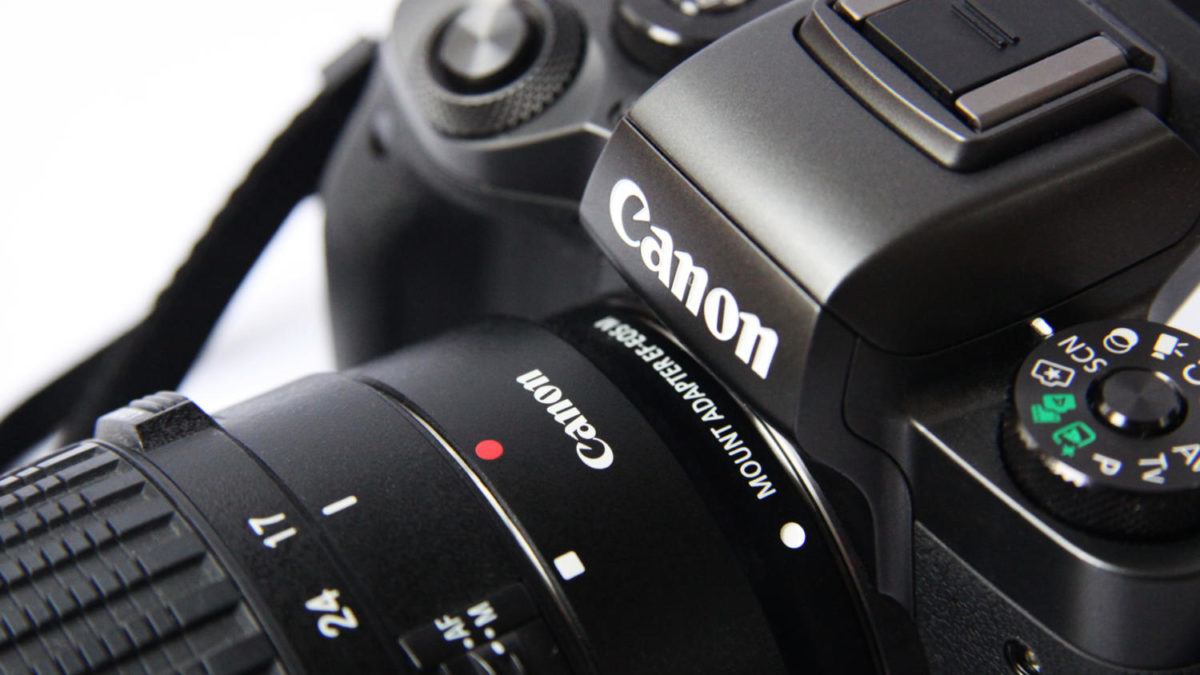New year, new courses, new students. It’s a story that plays out in classrooms across the country every August and September. And while every journalism teacher has to navigate different situations, demographics, cultures, all have the same goals—establishing expectations and preparing their students to exceed them. Those expectations come with knowing the foundation skills of researching, reporting, writing, critical thinking and visual storytelling.
All the skills are critical to training well-rounded journalists, but visual storytelling and composition often take priority for a number of reasons. Not having the luxury of recreating or re-capturing moments, photojournalists have to be up to speed quickly, and our students often come in at the extremes of the photographer spectrum. From the “I-love-taking-photos-novices” to the “filter-loving-foodie-finstas,” it’s our job to evaluate their skills and send them out into the field.
For evaluating skill sets and differentiating instruction for a Goldilocks-range of photographers, here are some tips for starting off the school year:
- Show and tell. Developing voice as a writer is an intimate exercise in review and reflection, but developing a style and vision as a photographer is a performance art. Sharing photos, getting a reaction, asking for feedback helps a photographer see what works, what doesn’t, why a risk pays off. This is also an excellent opportunity to train students how to give and take constructive criticism. Toastmasters’ “feedback sandwich” is popular. Positive+improvement+positive. Focus on strengths of the image—what is eye catching, what is obvious. Then look at the areas that need improving—technical quality, use of light, strong center of interest. And then reiterate a positive comment—a composition rule that they may not have noticed or how it makes you emotionally connect to the image. Use show and tell as teachable moments and introduce brief reviews or photo lessons. Make this part of the first week of school and continue the exercise of routinely throughout the year.
- Tell a story. Beyond a technical evaluation, students need to be assessed on their ability to recognize a storytelling moment. A popular journalism ice-breaker is having students share recent photo from their camera roll and share the moment beyond the image. Evaluating their ability to summarize the who, what, when, where, why, how and then connect to the emotions in a photo are important to knowing where to begin the learning process.
- “The best camera is the one you have with you.” Encourage students to take photos every day to take advantage of unexpected opportunities. Make a photo-of-the-day assignment to work in daily grades. Let them find inspiration and opportunity is all around with covering their campus. They’ll realize on their own that it’s not the gear—its practice and experience as the best teaching tool.
- Learn the exposure triangle using manual mode. Students like control. Help them gain full control by learning the exposure triangle—shutter, aperture, ISO. Use program mode can help students test the lighting situation, but then they use those readings to help them set up their own shots when they switch to manual mode. Train them to read the exposure compensation bar. New photographers go to scrimmages and practices with veteran staffers to practicing shooting. We use our staff GroupMe to share images and photos of the camera settings to coach when a coach is not available. There are also apps like Pocket Light Meter to help students set exposure on their DSLRs. Camerasim.com and Photonhead.com are my favorite website for teaching exposure triangle to beginners.
- Learn rule of thirds. Composition rules are important. And there are a lot of them. Start with the foundation of rule of thirds. Engrain the tic-tac-toe board in every photojournalist’s mind. Start there for solid images. The other composition rules will develop from there. Along with training the students to identify composition in photos, consider giving them only prime lenses to work with (50mm fixed prime example). Eliminating the ability to zoom forces students to get creative with photo composition.
- Make a shot list. A concept has to go through the story pitch process with editorial decision makers. Add storyboarding and photo planning as part of the story pitch workflow. Let students discuss potential photo ideas before a story place to help them anticipate composition opportunities.


